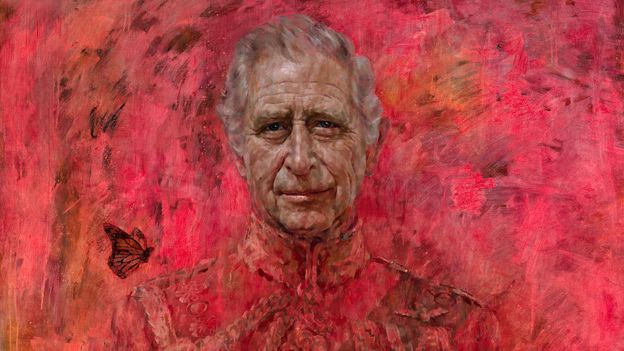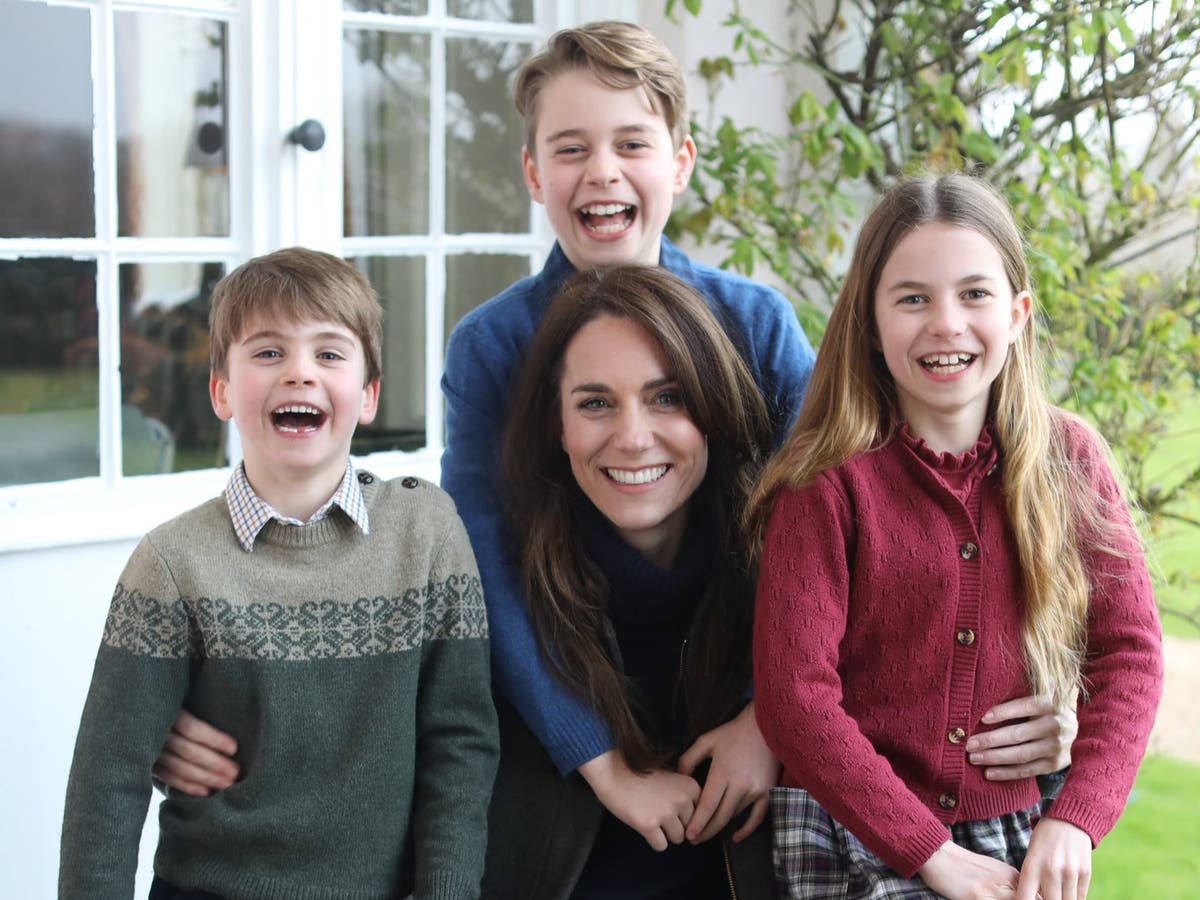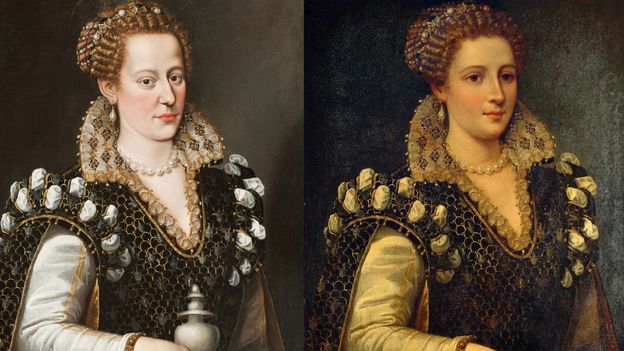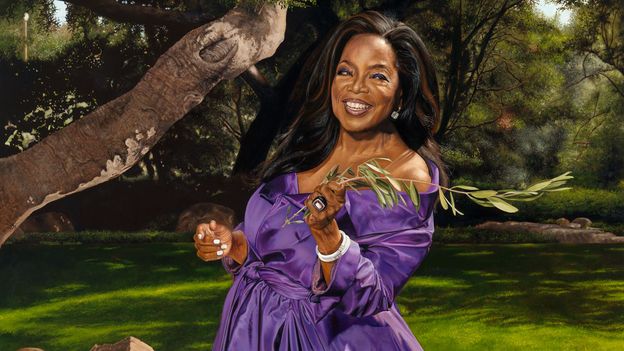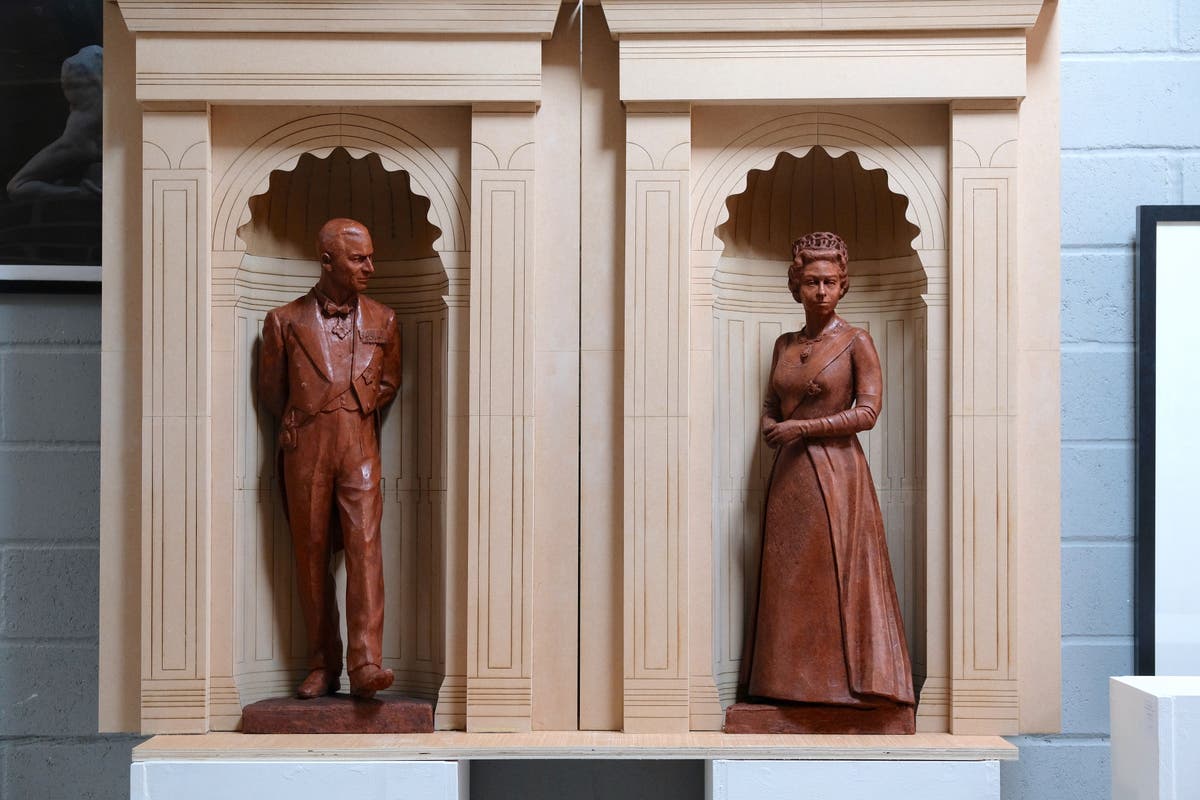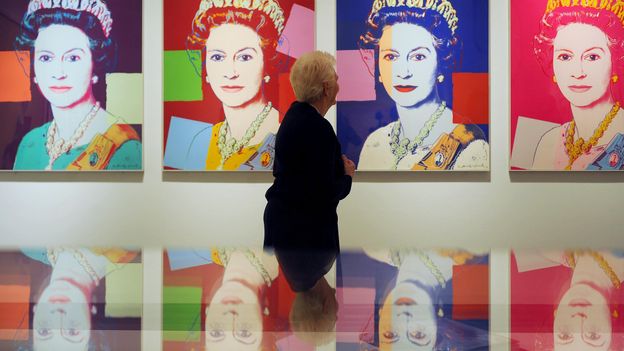
The art that captured a Royal icon
BBCThe art that captured a Royal icon Alamy From fairytale and formal to satirical and subversive – the art and photography that depict Her Majesty the Queen reveal some interesting truths. Cecil Beaton/Camera Press There's a fairytale feel about Cecil Beaton's portrait of the Queen that marked her Coronation in 1953 Of course, there are candid snaps that capture fleeting, unstaged moments – witness Patrick Lichfield's lovely, sunny photograph of The Queen on board HMY Britannia, where she's laughing at the fact that he's being dunked in a pool, or Mark Stewart's hilarious image of her recoiling from scones, The Queen is taken by surprise as she takes tea with Eton schoolboys at Guards Polo Club. These depictions are perhaps less about the Queen herself, than they are about celebrating a certain irreverent sense of Britishness But this has also allowed the Queen's image to symbolise all sorts of contradictory things: a visual shorthand that can be used either to celebrate or critique Royalty, privilege, power; Britishness or Englishness or empire; tradition, endurance, the stiff-upper-lip… but also a certain kitsch, camp, or bling. Alison Jackson Artist, London www.alisonjackson.com Alison Jackson's mocked-up images depict fictitious scenarios – here, the Queen having a sing-along with Elton John George Condo's 2006 painting, Dreams and Nightmares of the Queen, is grotesquely cartoonish, and doesn't really bear any resemblance to the monarch – it was dubbed The Cabbage Patch Queen for resembling those hideous squashy 1980s toys – but the set hair and robes mean we'd guess who it was even without the title. You wouldn't reach for Kate's image unless you had some point to make about, say, press intrusion or contemporary expectations of femininity; the column inches dedicated to her and her family and her "rivalries" with Meghan Markle mean she's hardly a blank canvas in the way that, actually, the Queen strangely still can be.
History of this topic

'Is this a joke': Why UK's royal fans are infuriated with Kate Middleton's new portrait?
India TV News
King Charles’ new portrait elicits interesting reactions: ‘Looks like he’s bathing in blood’
LA Times
The Queen is dead: The face that launched a thousand likenesses
The Independent
Why Her Late Majesty the Queen was a unique cultural icon
BBC
‘Twinkle in Queen’s eye’ captured in rediscovered portrait to mark Jubilee
The IndependentDiscover Related








‘It’s a Minefield’: Top Political Cartoonists on the Challenges of Caricaturing Kamala Harris
Politico




















